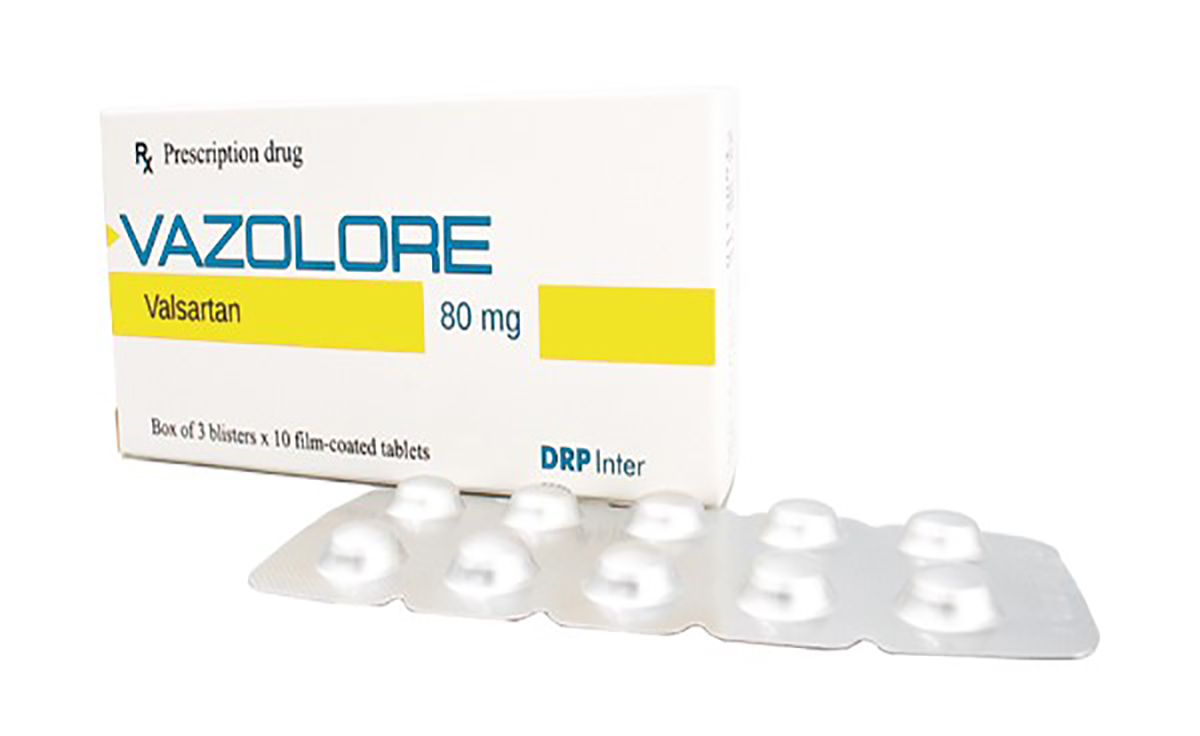Valsartan is a type 1 angiotensin II receptor antagonist, non-peptide tetrazole derivative. However, it is necessary to use Valsartan correctly to reduce mortality from cardiovascular disease.
Which cases use Valsartan?
This medicine is used to treat hypertension, reduce cardiovascular mortality in patients with left ventricular dysfunction after myocardial infarction and to treat heart failure. The medicine is rapidly absorbed after oral administration, is not significantly metabolized, and is excreted mainly in the bile as an unchanged drug. After oral administration, about 83% of the drug is excreted in the feces and 13% in the urine. Valsartan is administered orally, regardless of meals.

Who should not take valsartan?
Patients with hypersensitivity to valsartan or any of the excipients. Pregnancy: the drug has the potential to cause harm and death to the fetus and infant when administered to pregnant women. If pregnancy is detected, valsartan should be discontinued as soon as possible. In lactating women: It is not known whether valsartan is excreted in human milk, but valsartan is excreted in the milk of lactating rats. Because of the potential for adverse reactions in the nursing infant, a decision should be made whether to discontinue nursing or to discontinue the drug after considering the importance of the drug to the mother.
Important notes when taking the medicine
In patients with severe salt and water loss, such as those on high-dose diuretics requiring precautions for hypotension, symptoms may occur in rare cases after initiation of valsartan therapy. A starting dose of 40 mg is recommended for patients who cannot reduce the dose of diuretics to correct salt and water loss.

For patients with renal artery stenosis: Short-term administration of valsartan to patients with renal artery hypertension secondary to unilateral renal artery stenosis did not result in any significant changes in renal hemodynamics or serum creatinine, or blood urea nitrogen. But because other drugs can increase blood urea and serum creatinine in patients with bilateral or unilateral renal artery stenosis, monitoring is needed as a safety measure.
Hepatic impairment: plasma concentrations of valsartan are significantly increased in patients with mild to moderate hepatic impairment; therefore, lower doses should only be used in hypertensive patients.
In patients with impaired renal function: there will be increases in blood urea and serum creatinine and changes in renal function including renal failure (although very rare). Therefore, serum potassium should be monitored in patients with renal impairment or in the elderly if potassium supplements are being used. Effects on ability to drive and use machines: When driving or operating machinery, it should be noted that occasional dizziness or fatigue may occur during treatment with any antihypertensive drug. pressure, including valsartan.
If the patient takes an overdose of the medicine, the most common manifestations of overdose are hypotension and tachycardia; bradycardia may also occur due to parasympathetic (vagal) nerve stimulation; decreased level of consciousness, circulatory collapse and shock. At that time, it is necessary to quickly bring the patient to the emergency room at the hospital.
ThS. Nguyen The Minh - Health and Life Newspaper

See more product information here.